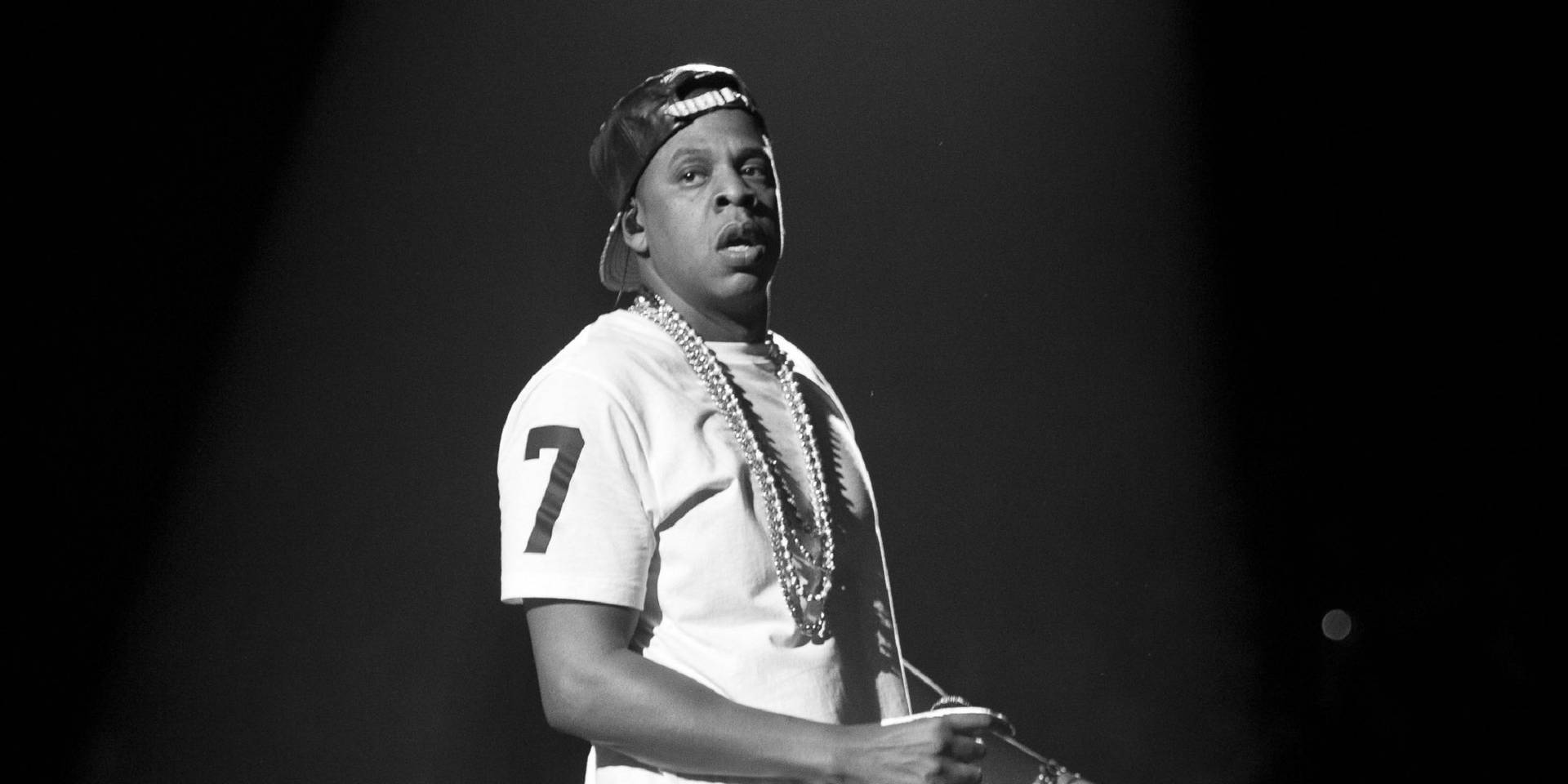Introduction
Stan Lee, the visionary co-creator behind some of the world’s most beloved superheroes, has left an indelible mark on the landscape of popular culture. His characters, including Spider-Man, Iron Man, and the X-Men, are not just comic book figures but cultural icons that resonate with audiences worldwide. As we commemorate his life and work, it becomes increasingly important to reflect on his contributions to the comic book industry and the entertainment world.
A Brief Biography
Stanley Martin Lieber, known to the world as Stan Lee, was born on December 28, 1922, in Manhattan, New York City. He began his career in the comic book industry in the late 1930s when he joined Timely Publications, which would eventually become Marvel Comics. Lee collaborated with artists like Jack Kirby and Steve Ditko to create characters that brought depth and relatability to superheroes, an innovative approach that transformed the industry. He famously introduced flawed characters who struggled with personal issues, making them more human and relatable.
The Marvel Revolution
In the 1960s, Lee ushered in the Marvel Age of Comics, which marked a pivotal shift in the world of superhero storytelling. His series often featured story arcs that tackled social issues like racism, addiction, and identity. With the launch of The Fantastic Four, Spider-Man, and the Avengers, he changed the narrative of superhero comics from simple good versus evil tales to more complex and engaging narratives. This approach not only revitalised the comic genre but also solidified Marvel Comics’ status as a major player in pop culture.
Legacy and Influence
Stan Lee’s influence extends far beyond the comic pages. He was instrumental in the creation of the Marvel Cinematic Universe, which has become the highest-grossing film franchise of all time. His cameo appearances in Marvel films became a beloved Easter egg, endearing him to a new generation of fans. Lee’s contributions earned him numerous accolades, including the National Medal of Arts and induction into the Will Eisner Award Hall of Fame.
Conclusion
Stan Lee passed away on November 12, 2018, leaving a legacy that continues to inspire not only comic artists and writers but also creators across various forms of media. His ability to weave human experiences into the fabric of superhero tales has set a standard for storytelling. As fans celebrate his life and work, it’s clear that Stan Lee will forever remain a pivotal figure in the realms of comics and entertainment. The lessons learned from his characters and narratives about kindness, responsibility, and the power of unity will endure, capturing the hearts of future generations.
You may also like

Jay Z: The Evolution of a Music Legend

Harvey Weinstein: A Timeline of Legal Troubles and Impact
